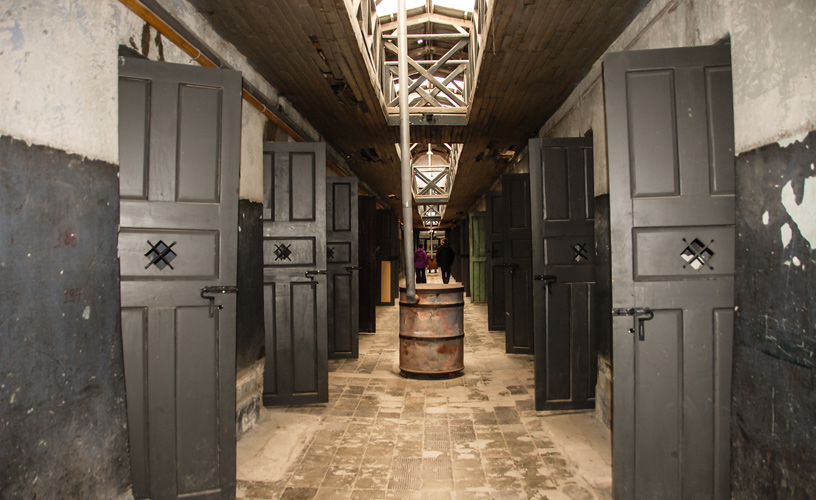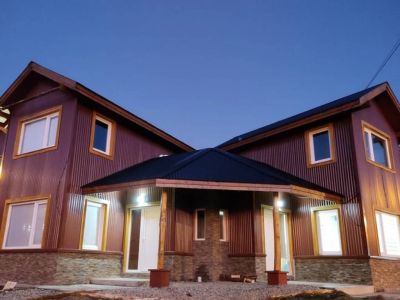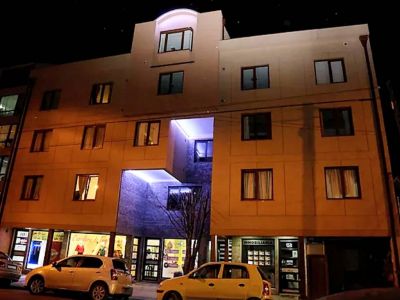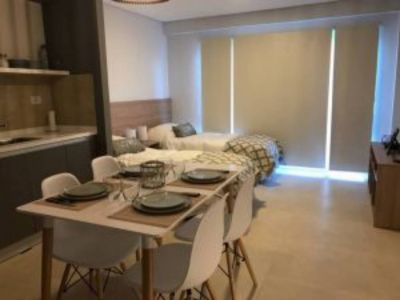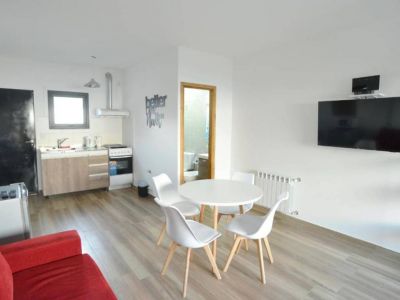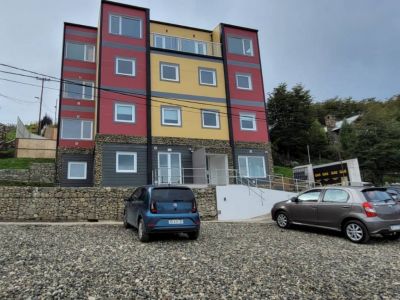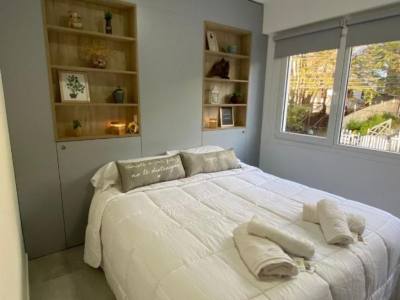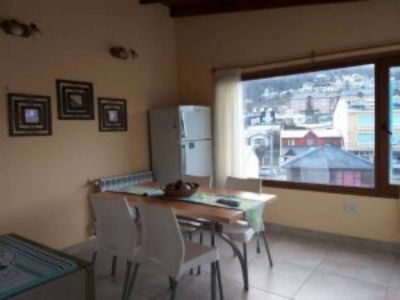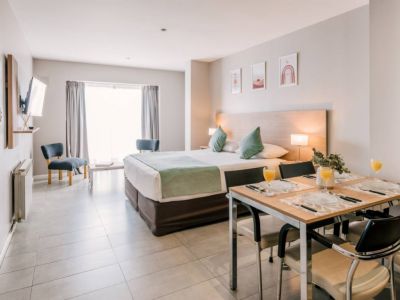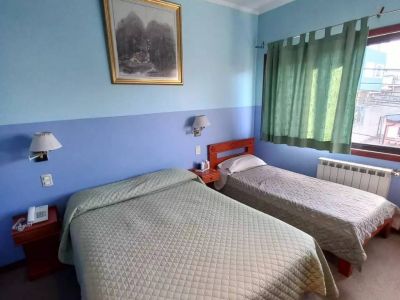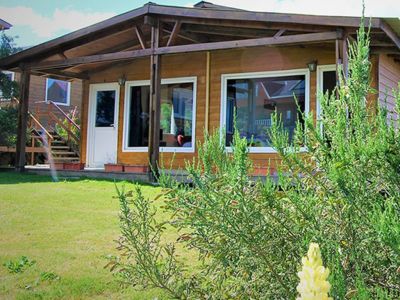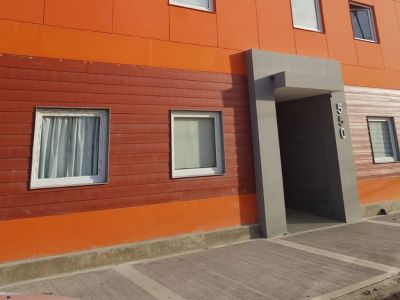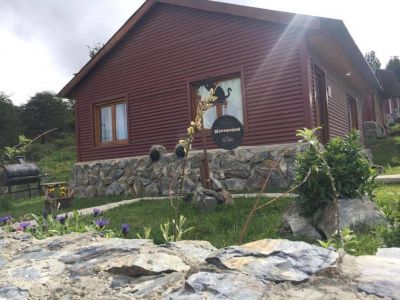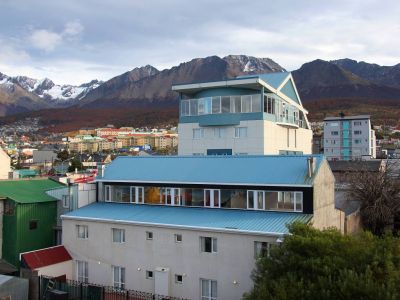Facing the bay, within the Argentinian Navy venue, the building housing the Navy Museum was once the Recidivist Prison. Granted National Historical Monument by Congress in 1997, it bears witness to the origins of Ushuaia City.
At present, directed by a non-profit civil association with support from the local authorities and the Navy, it opens its doors to visitors curious to know more about the history of the city.
A brochure with the location of the different rooms is handed out at the entrance. Guided visits are highly recommended and, while waiting for them to begin, visitors can walk through the first rooms devoted to the naval past of Tierra del Fuego. Just like the other southern islands, its development is closely tied to the sea, the only means of communication to the continent until 1948.
The Maritime Museum, Prison at the End of the World
The Island, the Men, the Sea
In 1520, Ferdinand Magellan braved these seas on board a ’carraca’, a Portuguese ancestor of the caravel, setting the exploration of this southernmost land practically at the same time as the discovery of the continent. A 1:100 scale model of the vessel, the ’carraca’ Trinidad begins the tour of the other models depicting explorers and sailors throughout five centuries.
Although the pass joining both oceans appeared in Johan Schöner’s globe in 1515 and in ’Lopo Homen’s’ map in 1519, it was Magellan who first sailed the strait and gave Tierra del Fuego its name. At this point, it is time for the exploits of the navigators who dared sail the strait in their quest around the world, such as the famous pirates Francis Drake, Thomas Cavendish and Oliver van Noort. Next come the heroic seafaring Spaniards, French, Dutch and English seeking new routes. All their stories have common denominators: awfully harsh weather and extremely rough seas. A mere look at the shipwreck register around the island of Tierra del Fuego is enough to realize what these fearless men endured.
The Maritime Museum also displays reproductions of the canoes used by the primitive inhabitants of the island, like the yámana, whose lives were closely knit with the sea.
Finally, the story of a warship of the Argentine Navy, the ’1 de Mayo’ leads visitors to the prison museum, as it was on this vessel that the first prisoners arrived on the island in 1896.
Shut Away at the End of the World
Our guide began the tour by telling us the history of Isla de los Estados, San Juan de Salvamento lighthouse and Puerto Cook, site of the prison in 1896. Finally, the prison was moved to Ushuaia in 1902 due to the harsh weather and its extremely precarious conditions. A group of 40 volunteer prisoners, both men and women, settled in Puerto Golondrina in wooden sheds with tin roofs brought over from the island. That same year, inmates began the construction of the building with a semipanoptic structure, divided into 5 wards with 380 individual cells which at some point housed 600 convicts.
In 1911 the prison merged with the recidivist jail in which inmates were stripped of their names and given a number. Famous characters like the notorious serial killer Mateo Vans, a.k.a.’the Mystic’, Cayetano Santos Godino, a.k.a.’ Shorty Big Ears’ or Simon Radowitsky, the anarchist spent time there. Some time later the prison received political convicts such as Ricardo Rojas, the writer, as well as the instigators of the ’55 Revolution. Among the many stories these prison walls tell, there is one about Carlos Gardel having spent a spell here.
Besides its severe discipline, the prison system enforced primary school teaching and remunerated work in 30 different sectors, some of them like forestry, outside the prison walls, as the inmates traveled from the center of the city to the woods by train.
The work of the prisoners in the workshops covered the needs of the city. They built the streets, the bridges and the public buildings and the prison had the first printing press and telephone as well as electricity and other services.
The guided tour continues through Ward 4 to the roundabout leading to the historical Ward 1 which, at present is used for conferences and cultural events. It is also connected to Ward 2 site of the library, art gallery, bakery and other areas.
At the end of the guided visit we were invited outside the building to see the replica of San Juan de Salvamento lighthouse. Some decided to continue exploring the museum and headed for Ward 4 on the first floor where the Antarctic Museum is located.
The prison at the end of the world and the Maritime Museum are the best way to become acquainted with the history of the city. After the tour, it became crystal clear that settling in Patagonia was a bold adventure indeed.
Pablo Etchevers
Jorge González
Contact of the excursion or tour
Ex Presidio y Museo Marítimo
Yaganes y Gobernador Paz., Ushuaia, Tierra del Fuego, Agentina
Phone: +54 2901-437481
Access to the museum until 7:30 p.m.
Holidays consult +54 2901 437481
*Guided tours temporarily suspended
Guided tours every day in Spanish
December to February: 11:30; 16:30 and 18:30hs
March to November: 11:30 and 18:30hs





